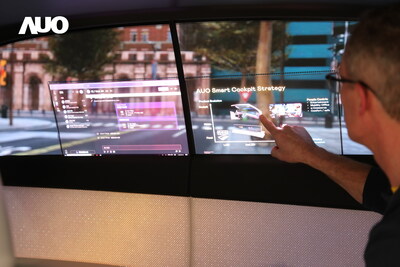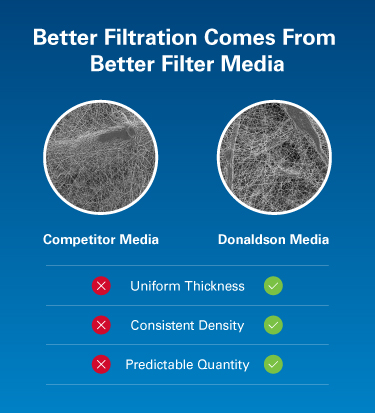Sustainability is on everybody’s mind, both because we care about the environment, and because vehicle fleets need to get ready for new regulations, carbon offsets, and government requirements. Fleet Electrification is one solution, but it will not happen overnight, and it will raise new issues when it comes.
The need for sustainable vehicle fleets is here and now, and there is a lot we can do before we go fully electric. The key is fleet optimization for sustainability goals using data from connected vehicles. Data that can be used to improve practices, create new efficiencies, and provide more sustainable operational practices today.
Best Practice Driver behavior is a key
Drivers play a crucial role in any fleet, which means optimizing driver behaviors for preserving the environment is optimizing your fleet for sustainability. Cutting down on idling, making sure drivers maintain tire pressure and avoid sharp accelerations all add up to create a substantial impact on the environment.
In fact, getting drivers involved and engaged in sustainability through training and monitoring carries with it additional benefits. These benefits include reducing accidents, lengthening the lifespan of vehicles through reduced wear and tear on tires and brakes, lowering insurance premiums, and slashing the cost of fuel.
Before launching into training, it is, of course, important to identify inefficiencies and other driver-related bad practices that can result in speeding, harsh driving, and unnecessary idling, all of which produce excess emissions and result in over-consumption of fuel.

Some simple data attributes can go a long way here, helping drives form better habits and informing them of things they can do to become more eco-friendly
- IDLING – one way to cut back on your carbon footprint is to avoid idling the vehicle which can greatly reduce fuel consumption.
- SPEEDING – getting drivers to drive slower reduces emissions and the chance of accidents, wear and tear, and fines.
- TIRE PRESSURE – helping drivers know when tire pressure is too low helps ensure optimal fuel consumption.
- SERVICE HISTORY – making sure drivers service their vehicles as soon as the signs point to a problem is critical, and following up on serviced vehicles
- CONDITION tracking the vehicle condition and taking maintenance off the driver’s hands
Optimizing Back-end processes with connected data
There may well be a learning curve while companies adapt to new technologies and the use of data-driven intelligence. But using connected vehicle data and avoiding the costly and complicated need for dongles and other aftermarket devices makes this process much more readily available.
Some changes can be felt right away. Onboarding a fleet of vehicles to receive its data used to be labor intensive with each vehicle going to the shop for installation, and high set-up costs. With connected vehicle data, new vehicles can be onboarded or de-fleeted with a click of a button, and all those trips to install and maintain a dongle are no longer required.
Replacing maintenance policies with legacy calendar, spreadsheet reminders and using pre-emptive maintenance instead can help save both money and damage to the environment. And having odometer readings at your fingertips at all times can help fleet managers plan visits to the shops well ahead of time as well. Implement a new service and maintenance scheduling process, dynamically in compliance with expected use of vehicles. to report issues in real-time. Your fleet could even partner with third-party maintenance and service providers, at a reduced cost to the business.
Issues with vehicles can occur while on the road and using data from connected vehicles can alert HQ automatically. This is not only better for the driver’s health and safety but can also help fix problems efficiently.
Optimizing Trip efficiency
Connected vehicles can allow you to know where your vehicles are at all times (if you wish to). This is more than a safety measure, as it allows fleet managers to implement dynamic route planning, optimized for fuel saving. Knowing where vehicles are also gives fleet manages the ability and route comparison for use cases where you need to find the nearest available employee and navigate them to a specific location.
On a high level, route optimization not only reduces mileage it can also takes into account the impact of congestion and idling, and thus frees up drivers to get more done with less time.
Looking to learn more about how connected vehicle data can be used for fleet optimization? talk to one of our data experts.















More Stories
AUO Returning to CES Showcase Next Generation Smart Cockpit 2025
Donaldson Ultra-Web technology aims to set the standard in industrial filtration for cleaner air and cost-savings
Hydrogen’s Role in Decarbonising Sports and Entertainment Events